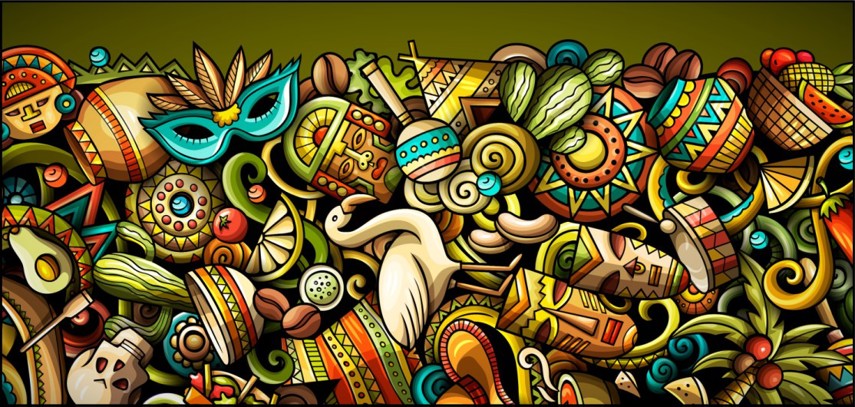
What is magical realism? This speculative fiction genre includes fantastical elements intertwined seamlessly with the real world. Unlike urban or portal fantasy, there is nothing otherworldly about the events and elements that do not exist in reality. Instead, these elements serve the story metaphorically in a literary sense.
The following five magic realism novels are considered foundational in the genre and the best from Latin America overall. Choose your next read new dive into unique experiences and stories.
This exceptionally celebrated novel from 1967 is one of the foundational works of the magical realism genre. Ultimately it tells the story of a family living through multiple generations. The magical elements use Latin American mythology and religious themes to explore everything from civil war to the inner quest for love.
The second book on the list of magical realism novels also tells a multi-generational story of the high and low points of a family's life experience. It touches upon political aspirations, forbidden love, and the concept of desire as a whole. The main character's wife is mystically connected to the spirit world, which introduces the important genre elements. This book was made into a film in 1993, which did not receive much attention from the international community.
This story spans a year in which the main character Tita searches, as in many literary novels, for love and purpose in her life. This story weaves emotions through the entire magical realism element. Food represents community and communication in a way that goes beyond reality and allows Tita to experience and share with others. It is a way for the young woman to escape from the customs and overbearing control of both family and society. In 1994, this novel won the American Booksellers Book of the Year Award.
This unique story teeters on the edge of paranormal romance in a way as it tells the tale of a woman who loses her passionate and fun husband, marries a steadfast and respectable replacement, but still experiences ghostly visitations from the first love regularly. Brazilian folklore and local religious aspects intertwine with the plot elements. Written in 1966, it was adapted frequently for Broadway, film, and a TV series.
This is the earliest book on the list. It was released in 1949 and focuses on the Haitian revolution specifically. The entire work is an exploration into the differences between characters when it comes to ethnicity, history, sexuality, and life experiences. It is a strong representation and a self-proclaimed example of how Latin American lore includes more "marvelous reality" than stories coming out of Europe at the same time. This is especially noticeable when slave characters take control of the point of view. Although commonly considered historical fiction, it does represent a foundational work in the magical realism genre.
You may also like Five Best African Fantasy Novels.